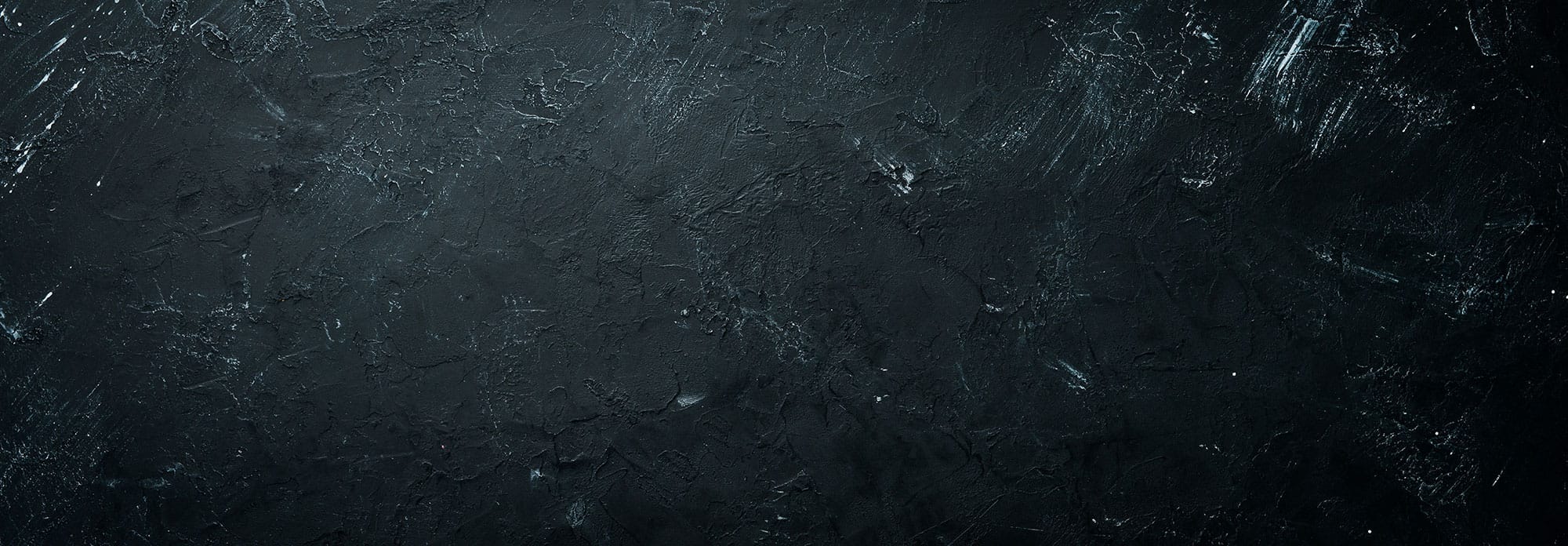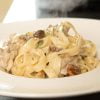As summer turns to autumn, Newcastle Wine School owner David Harker chooses wines to suit the flavours of the season
Empty shelves, tomato rationing and price increases; farmers campaigning to take back control of our food supply – earlier this year, food availability was headline news.
The answer to food shortages is undoubtedly to reacquaint ourselves with the natural seasonality of fresh food. Spring asparagus, summer strawberries and sprouts only after that first nip of frost – would that be such a bad thing? The anticipation, appreciation, and then all gone until next year. I cherish a naive nostalgia for a slower, simpler, sustainable time before food security scares, supply chain challenges and supermarkets.
Thankfully wine is available all year round. There is the seasonality of the vine’s growth cycle – the first bud break in spring, summer ripening followed by the autumn harvest and winter rest – but once fermented, you are free to enjoy it at any time of year.
There are just a few exceptions. Beaujolais Nouveau is to be drunk from the third Thursday in November until Christmas. Rosé is the last of the summer wine, provided it’s not a summer like the last one.
After summer comes autumn. The turning of the leaves evokes memories of misty October mornings in the vineyards. I could be in Rioja, Piedmont or Burgundy. The smell of bonfires, echoes in the hills of barking dogs and the occasional pop of a hunter’s rifle.
Autumn is the season to savour mature red wine and aromas of mushroom, wood smoke, dried leaves, sous bois – or less romantically, barnyard. The aromas developed over time in barrel and bottle which you may describe as autumn in a glass.
For fine wine to dance it needs a partner and autumn brings a festival of fine produce. Game, root vegetables and forest fruits are all sublime at this time of year.
This is the season to crack open the classics – push the boat out wines paired with regional dishes featuring seasonal produce. Inspired by that notion, here are five of my favourite pairings, and some cost-effective alternatives.
The old-school wines of Rioja are released when their dried red fruit and toasted oak flavours are ready. Gran Reservas must serve at least five years in the cellar, a minimum of two years spent in small oak barrels plus a minimum of two years in bottle. Top wines from the best producers will average at least seven years of ageing. The locals serve these with lamb and roasted red peppers. Alternatively, Rioja Reserva will have spent less time ageing and offers great value.
Mature Barolo is an autumnal treat. The grape Nebbiolo, its name suggesting the nebbia or autumn fogs of the Piedmont hills, produces aromatic wines high in acid and tannins which are best tamed by a game ragú with pappardelle. If not Barolo, then Nebbiolo de Langhe featuring the same grape.
From northern Italy to northern Rhône. Côte Rôtie and Hermitage are from opposite sides of the river Rhône, but both are based on iron and blood, meaty Syrah. These are big flavours and perfect with venison and a fruits of the forest sauce. The Collines Rhodaniennes region, roughly corresponding to the northern Rhône, is increasingly a source of exciting wines, especially when made by top Rhône producers such as Yves Cuilleron.
Bordeaux also gives us a choice of river banks – Cabernet Sauvignon-based blends on the left bank or fruity merlot from the right bank. Both best served with a pavé of grilled fillet steak, a splash of sauce Bordelaise and a side of roasted root vegetables. When looking for value, wines labelled Cru Bourgeois are a sound choice.
The saying goes that Bordeaux is a region of merchants, while Burgundy is a region of peasant farmers. Today the best Burgundies are beyond the means of all but the most prosperous merchant. If you are lucky enough to have a bottle, then pair with nothing more complicated than a good book.
It is difficult to recommend a value alternative to mature Burgundy. So, I suggest something quite different instead – a sulphurous, smoky, volcanic red from Tenerife.
Don’t be downhearted by the prospect of autumn – open your best red and savour the moment. Or, as the rain stotts off the windows, console yourself with a glass of rosé and memories of summers past.
David’s five autumn selections
Beronia Reserva Rioja – Waitrose £15.99
Langhe Nebbiolo 2020/21 De Forville, Piedmont – Majestic £13.99
IGP Collines Rhodaniennes, Syrah, Domaine Yves Cuilleron – Carruthers & Kent £18.99
Château Fontesteau 2016, Cru Bourgeois, Haut Médoc, Bordeaux – Guest Wines £24.98
Suertes del Marqués El Lance, Tenerife 2020 – The Wine Society £15

David Harker’s journey in wine has seen him progress from complete novice to a Wine & Spirit Education Trust Diploma-certified wine educator, accredited Bordeaux and Sherry wine educator, Spanish Wine Scholar and – in a We Bought a Zoo moment – wine school owner. To explore Newcastle Wine School’s events, tastings and courses visit www.localwineschool.com/newcastle











